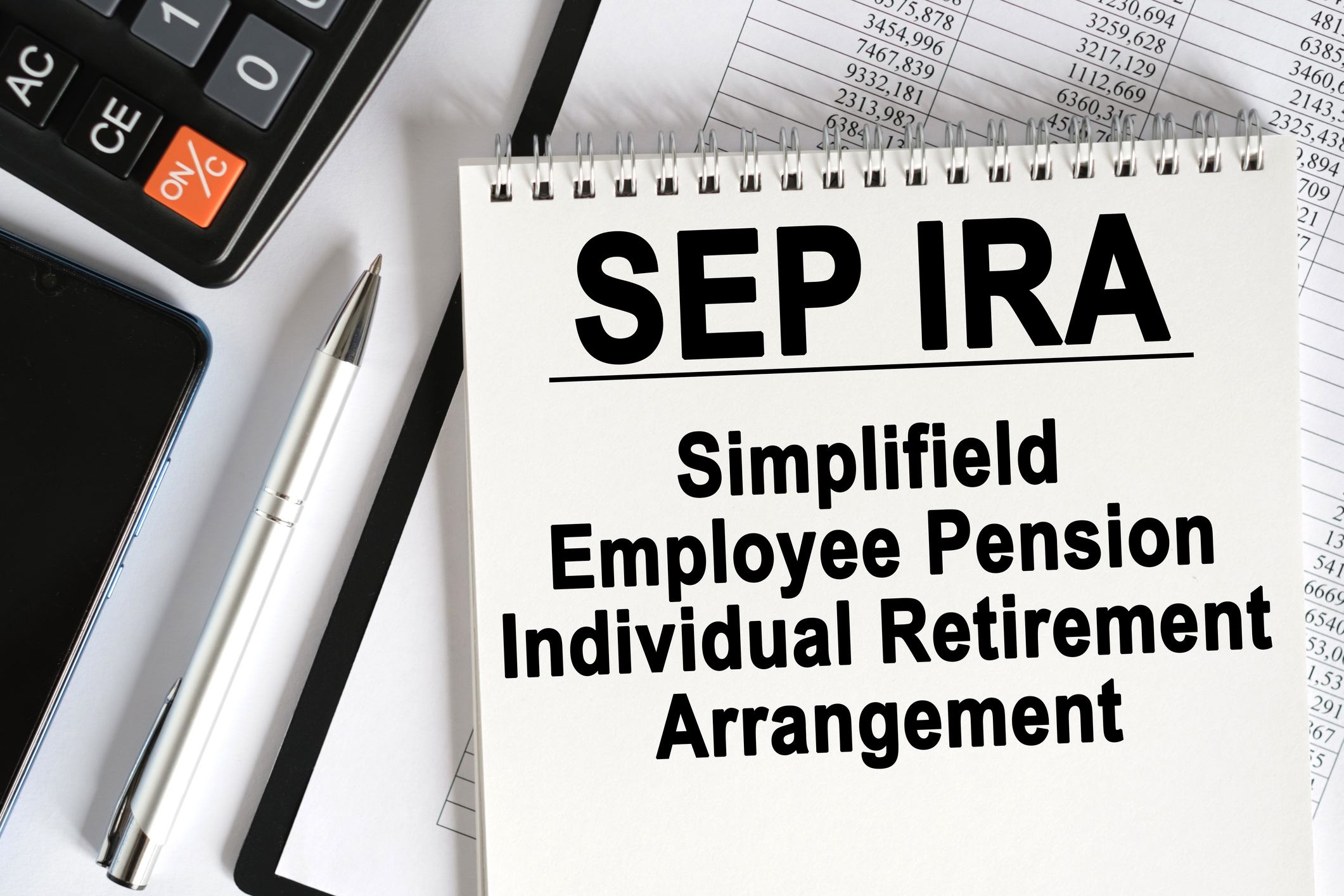Why Northfield, Minn., Is a Great Place to Retire
Just outside the Twin Cities, Northfield is a welcoming college town enveloped by pristine nature.

Population:
20,455
Nearest large city:
From just $107.88 $24.99 for Kiplinger Personal Finance
Become a smarter, better informed investor. Subscribe from just $107.88 $24.99, plus get up to 4 Special Issues

Sign up for Kiplinger’s Free Newsletters
Profit and prosper with the best of expert advice on investing, taxes, retirement, personal finance and more - straight to your e-mail.
Profit and prosper with the best of expert advice - straight to your e-mail.
Minneapolis–St. Paul
What $300,000 will buy:
4-bedroom, 2-bath 1920s bungalow with detached garage close to downtown
The Cannon River runs through town, and several parks and walking paths provide access to fishing, canoeing and kayaking. Fitness buffs have plenty of options: In the snowy Minnesota winter, you can cross-country ski along miles of groomed trails or snowshoe through Carleton’s Cowling Arboretum. Too cold outdoors? Run, swim or take exercise classes at the YMCA Community Center. No need to worry about health care, either. If you need access to specialists not available at Northfield Hospital & Clinics, the Mayo Clinic is 50 miles away, in Rochester.
The median home price in Rice County is $217,300, but the inventory of homes for sale is tight, says Jan Stevens, a real estate agent who helped the Davises. A few condos have been built downtown on the river, but they’re multilevel and tend to be high-end, she says. When the Davises couldn’t find what they wanted, they built a three-bedroom, two-and-a-half-bath home that will allow them to age in place. The median annual property tax paid in Rice County is $2,057.
Minnesota isn’t a tax-friendly state for retirees. Income and sales tax rates are high, and Social Security income is taxed to the same extent it is on your federal return. The state also has an estate tax, which excludes up to $2.1 million in 2017; the exclusion will increase to $2.4 million in 2018.
Profit and prosper with the best of Kiplinger's advice on investing, taxes, retirement, personal finance and much more. Delivered daily. Enter your email in the box and click Sign Me Up.

-
 How Charitable Trusts Benefit You and Your Favorite Charities
How Charitable Trusts Benefit You and Your Favorite CharitiesThese dual-purpose tools let affluent families combine philanthropic goals with advanced tax planning to generate income, reduce estate taxes and preserve wealth.
-
 A 5-Step Plan for Parents of Children With Special Needs
A 5-Step Plan for Parents of Children With Special NeedsGuidance to help ensure your child's needs are supported now and in the future – while protecting your own financial well-being.
-
 How Financial Advisers Can Best Help Widowed and Divorced Women
How Financial Advisers Can Best Help Widowed and Divorced WomenApproaching conversations with empathy and compassion is key to helping them find clarity and confidence and take control of their financial futures.
-
 457 Plan Contribution Limits for 2026
457 Plan Contribution Limits for 2026Retirement plans There are higher 457 plan contribution limits in 2026. That's good news for state and local government employees.
-
 Medicare Basics: 12 Things You Need to Know
Medicare Basics: 12 Things You Need to KnowMedicare There's Medicare Part A, Part B, Part D, Medigap plans, Medicare Advantage plans and so on. We sort out the confusion about signing up for Medicare — and much more.
-
 The Seven Worst Assets to Leave Your Kids or Grandkids
The Seven Worst Assets to Leave Your Kids or Grandkidsinheritance Leaving these assets to your loved ones may be more trouble than it’s worth. Here's how to avoid adding to their grief after you're gone.
-
 SEP IRA Contribution Limits for 2026
SEP IRA Contribution Limits for 2026SEP IRA A good option for small business owners, SEP IRAs allow individual annual contributions of as much as $70,000 in 2025, and up to $72,000 in 2026.
-
 Roth IRA Contribution Limits for 2026
Roth IRA Contribution Limits for 2026Roth IRAs Roth IRAs allow you to save for retirement with after-tax dollars while you're working, and then withdraw those contributions and earnings tax-free when you retire. Here's a look at 2026 limits and income-based phaseouts.
-
 SIMPLE IRA Contribution Limits for 2026
SIMPLE IRA Contribution Limits for 2026simple IRA For 2026, the SIMPLE IRA contribution limit rises to $17,000, with a $4,000 catch-up for those 50 and over, totaling $21,000.
-
 457 Contribution Limits for 2024
457 Contribution Limits for 2024retirement plans State and local government workers can contribute more to their 457 plans in 2024 than in 2023.
-
 Roth 401(k) Contribution Limits for 2026
Roth 401(k) Contribution Limits for 2026retirement plans The Roth 401(k) contribution limit for 2026 has increased, and workers who are 50 and older can save even more.